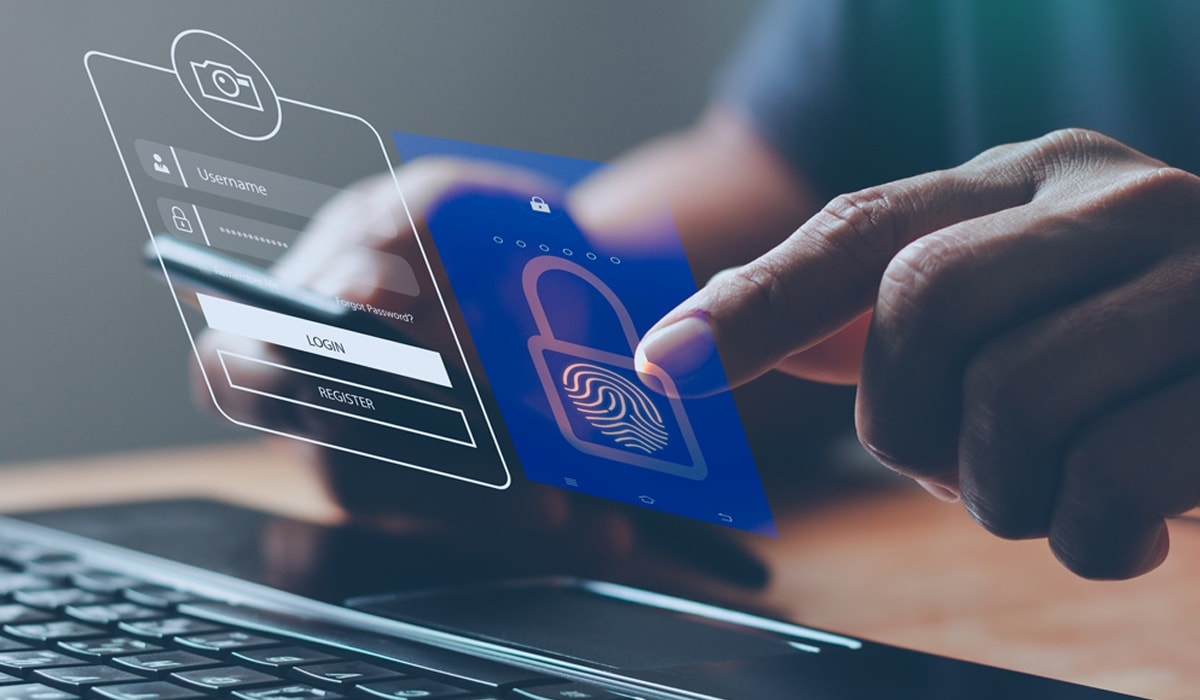In the realm of modern technology, biometric authentication has emerged as a promising solution for enhancing security measures across various sectors. From unlocking smartphones to accessing highly secure facilities, biometric machines have become ubiquitous. However, the reliability of these systems for accurate identification and authentication remains a topic of discussion and scrutiny.
Biometric machines utilize unique biological characteristics such as fingerprints, iris patterns, facial features, and even behavioral traits like voice and gait for identification and authentication purposes. The concept is simple: each individual possesses distinct biometric markers that can be captured and stored for future comparison. But how reliable are these systems in practice?
The Promise of Accuracy
Proponents of biometric authentication often tout its accuracy as a primary advantage. Unlike traditional methods such as passwords or PINs, biometric data is unique to each individual and difficult to replicate. This uniqueness theoretically makes biometric authentication more secure and less susceptible to unauthorized access.
Moreover, biometric machines can provide real-time verification, offering a seamless and efficient user experience. Whether it's logging into a computer system, accessing a bank account, or entering a secure facility, biometric authentication promises swift and accurate identification without the need for cumbersome authentication processes.
Factors Affecting Reliability
While the potential for accuracy is high, several factors can impact the reliability of biometric machine services:
- Quality of Biometric Data: The accuracy of biometric authentication heavily relies on the quality of the biometric data captured during enrollment. Factors such as image resolution, sensor quality, and environmental conditions can affect the reliability of biometric identification.
- Biometric Template Storage: Biometric templates, which contain unique features extracted from biometric data, are stored in databases for comparison during authentication. The security and integrity of these templates are crucial. Any compromise in storage security can lead to unauthorized access or identity theft.
- Variability in Biometric Characteristics: Biometric traits can vary due to factors such as age, injuries, or environmental changes. For instance, fingerprint recognition may be affected by cuts or scars, while facial recognition can be influenced by changes in facial hair or accessories.
- False Acceptance and False Rejection Rates: Biometric systems aim to minimize both false acceptance (mistakenly granting access to an imposter) and false rejection (denying access to an authorized user). Achieving a balance between these rates is essential for the overall reliability of the system.
Advancements and Mitigations
Despite these challenges, ongoing advancements in biometric technology continue to improve reliability and address concerns. Machine learning algorithms enhance biometric matching accuracy by adapting to variations in biometric data over time. Multi-modal biometric systems, which combine multiple biometric traits for authentication, offer increased robustness and reliability.
Additionally, stringent security measures, such as encryption of biometric data and adherence to privacy regulations, safeguard against data breaches and misuse of personal information. Continuous monitoring and updates help mitigate vulnerabilities and ensure the ongoing reliability of biometric machine services.
Conclusion
Biometric machine services hold tremendous potential for accurate identification and authentication across various applications. While challenges such as data quality, variability in biometric traits, and security concerns persist, ongoing advancements and best practices mitigate these issues.
Ultimately, the reliability of biometric authentication depends on a combination of factors, including technology maturity, implementation quality, and adherence to security protocols. By understanding the complexities and addressing challenges proactively, biometric machine services can continue to evolve as reliable tools for enhancing security and user experience in the digital age.






Comments